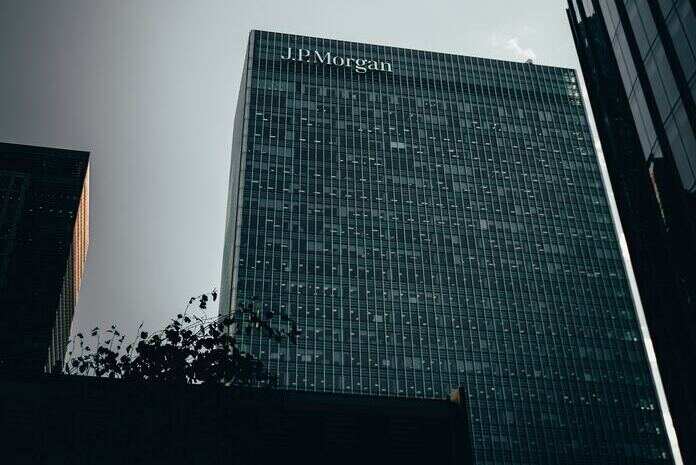JPMorgan Chase (NYSE:JPM) has successfully closed 14 First Republic Bank branches in California, marking the completion of its initial plans to streamline the failed bank’s branch network after its takeover in May.
Of the 14 branches that have been shuttered, half were located in San Francisco County, with the rest spread across six other counties in California. JPMorgan’s initial plan was to close down a total of 21 First Republic branches by the end of 2023, and with these latest closures, that target has been achieved.
These closures account for one-quarter of the total 84 branches that First Republic operated as of April 2023. Earlier in the year, JPMorgan stated that the 21 selected branches for closure had “relatively low transaction volumes and are generally within a short drive from another First Republic office.”
It’s worth noting that the remaining 63 branches are likely to be rebranded as Chase branches, although there may be further branch closures down the line. Jennifer Piepszak, the co-CEO of consumer and community banking, explained that the decision for the remaining First Republic branches would depend on whether they were in better locations than nearby Chase branches or if they were too close to existing Chase offices.
Details of the First Republic Takeover
On May 1, JPMorgan acquired the struggling First Republic Bank, solidifying its position as a financial powerhouse. JPMorgan acquired the majority of First Republic’s $228 billion in assets and assumed deposits worth $92 billion, all for a price tag of $10.6 billion. Notably, JPMorgan did not take on any of First Republic’s corporate debt or preferred stock.
At the time of the acquisition, JPMorgan anticipated that the transaction would generate over $500 million in incremental net income annually. The deal was also expected to help JPMorgan expand its presence among high-net-worth clients.
Jamie Dimon, the Chairman and CEO of JPMorgan, commented, “This acquisition modestly benefits our company overall, it is accretive to shareholders, it helps further advance our wealth strategy, and it is complementary to our existing franchise.”
After nearly two months of efforts to rescue the First Republic, the Federal Deposit Insurance Corporation (FDIC) stepped in and seized the bank in May. Despite the infusion of $30 billion in deposits from major banks, including JPMorgan, First Republic continued to struggle, leading to its eventual failure. This followed the collapse of two other major banks, Signature Bank and Silicon Valley Bank, which also led to turmoil in the regional banking industry in the United States.
In conclusion, JPMorgan’s strategic acquisitions in recent years have bolstered its fee income base and market share across various products and services. The bank has also been expanding its footprint in new regions, with plans to enter 25 new markets and open 400 new branches, a strategy that aims to capitalize on cross-selling opportunities and strengthen its presence in the card and auto loan sectors. Over the past six months, JPMorgan’s shares have risen by 13.4%, outperforming the industry’s 2.7% increase.
Featured Image: Unsplash















